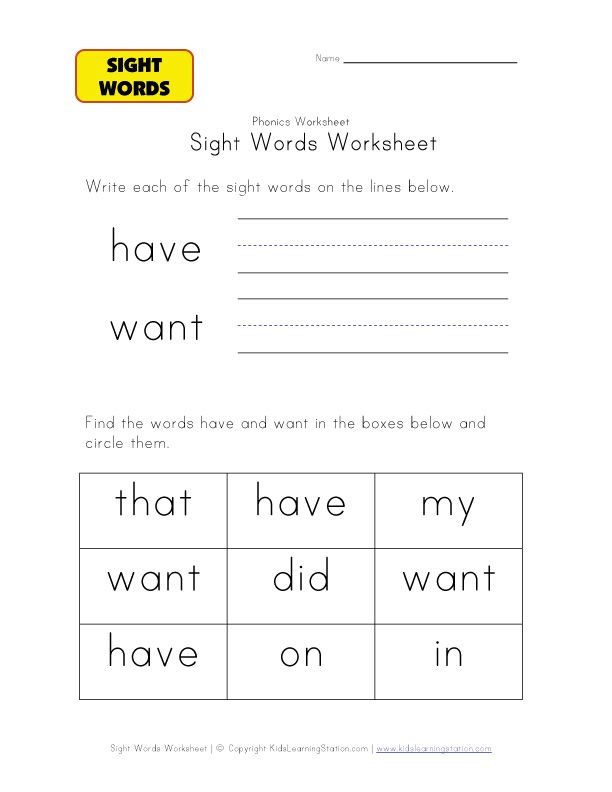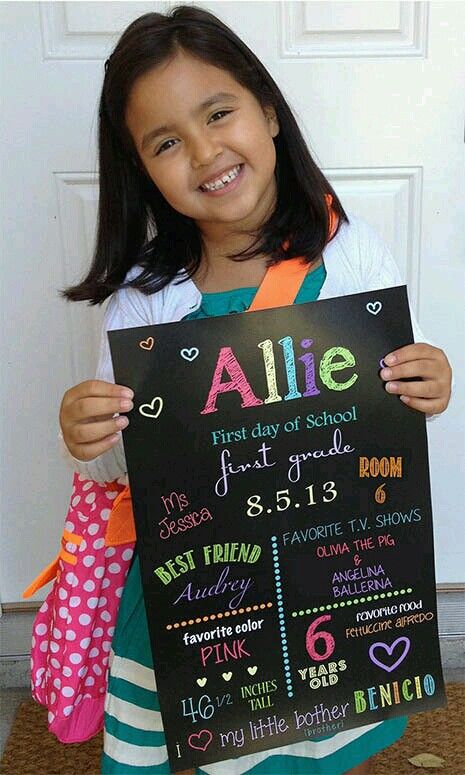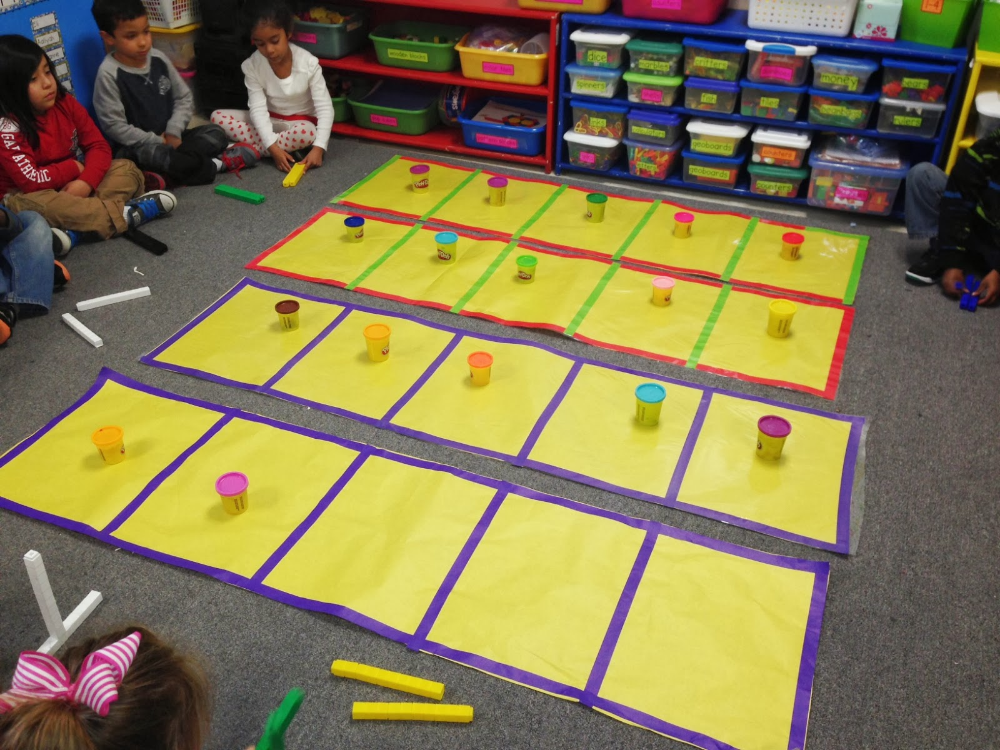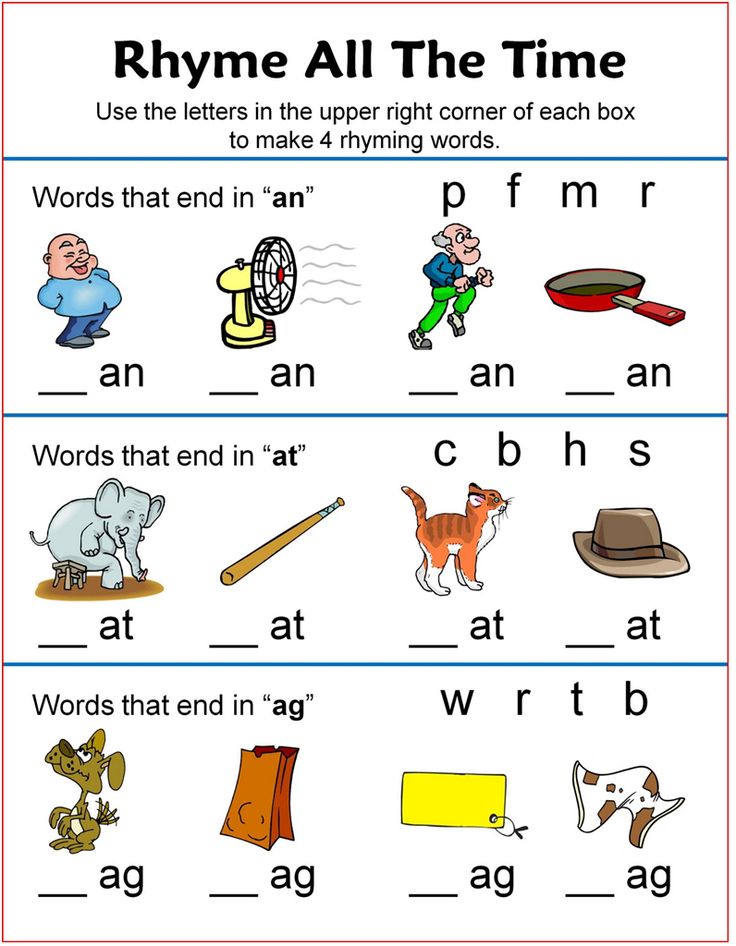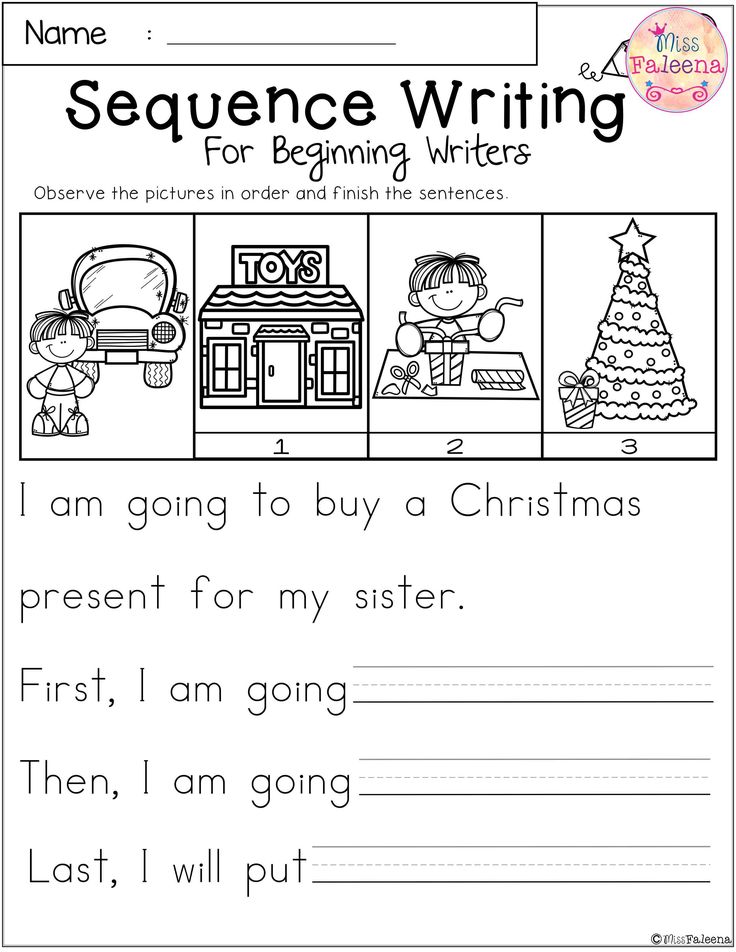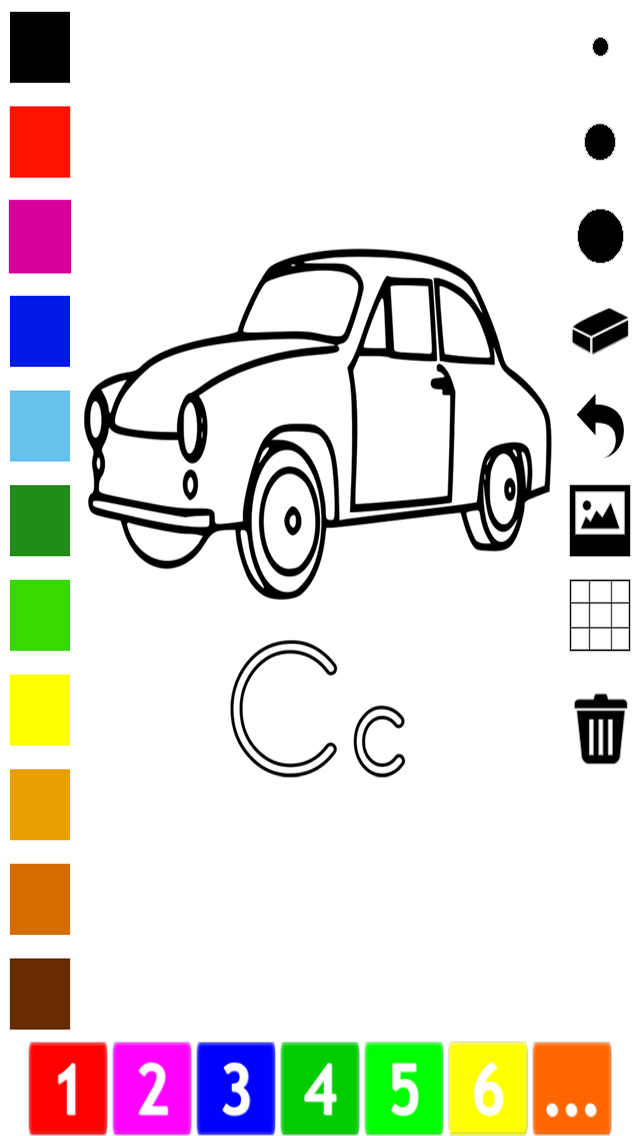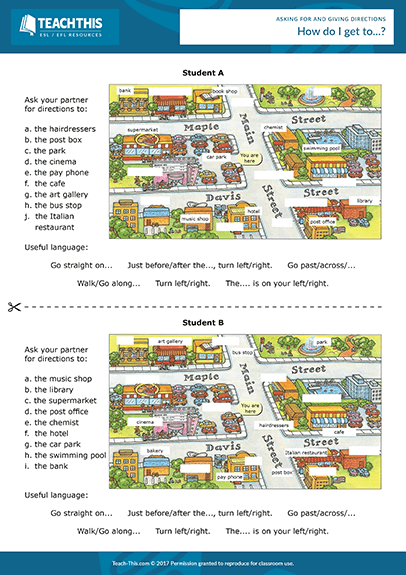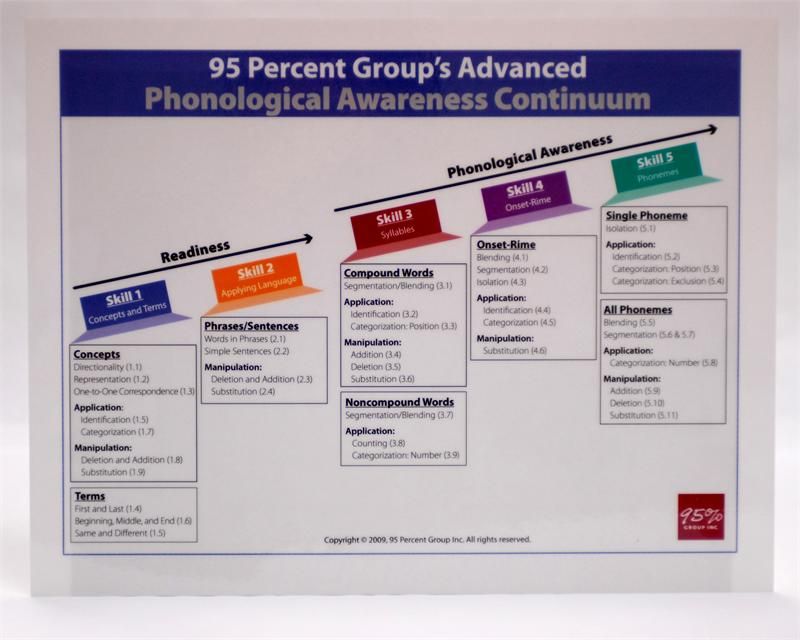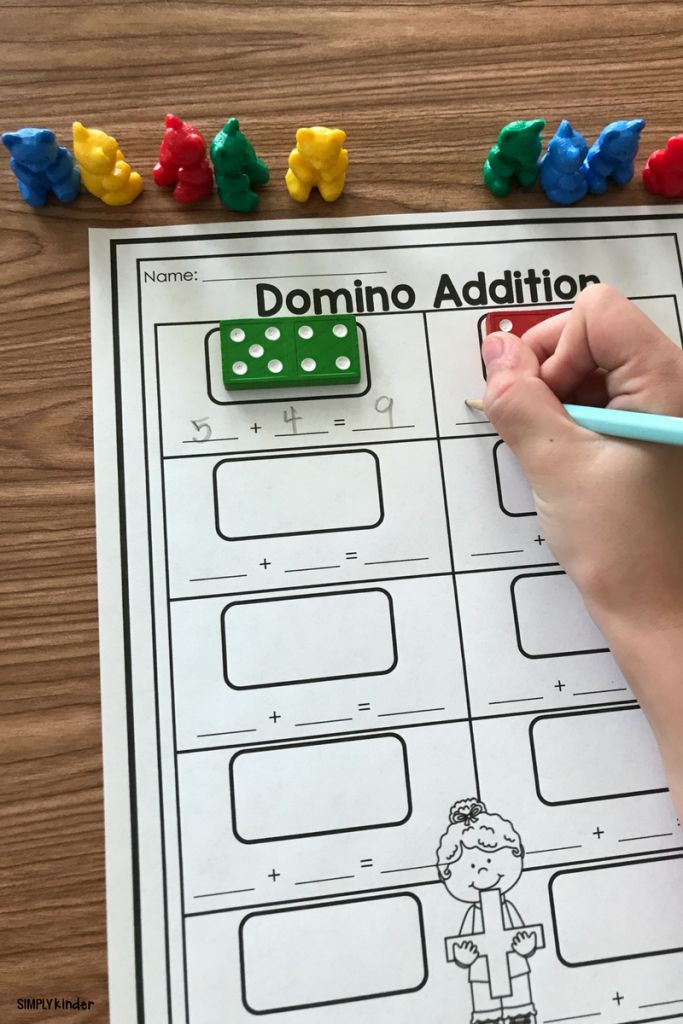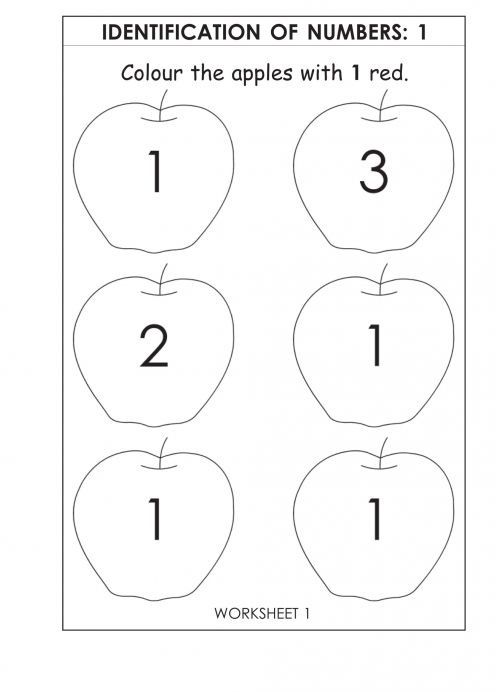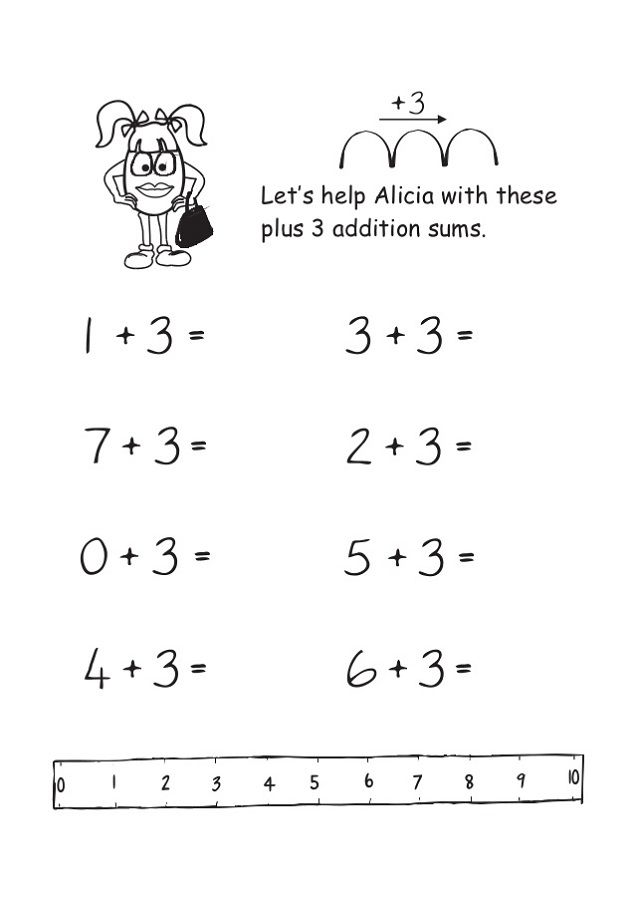Find the sight words
Sight Words | Sight Words: Teach Your Child to Read
Learn the history behind Dolch and Fry sight words, and why they are important in developing fluent readers.
More
Follow the sight words teaching techniques. Learn research-validated and classroom-proven ways to introduce words, reinforce learning, and correct mistakes.
More
Print your own sight words flash cards. Create a set of Dolch or Fry sight words flash cards, or use your own custom set of words.
More
Play sight words games. Make games that create fun opportunities for repetition and reinforcement of the lessons.
More
- Overview
- What Are Sight Words?
- Types of Sight Words
- When to Start
- Scaling & Scaffolding
- Research
- Questions and Answers
Sight words instruction is an excellent supplement to phonics instruction. Phonics is a method for learning to read in general, while sight words instruction increases a child’s familiarity with the high frequency words he will encounter most often.
The best way to learn sight words is through lots and lots of repetition, in the form of flashcard exercises and word-focused games.
↑ Top
Sight words are words that should be memorized to help a child learn to read and write. Learning sight words allows a child to recognize these words at a glance — on sight — without needing to break the words down into their individual letters and is the way strong readers recognize most words. Knowing common, or high frequency, words by sight makes reading easier and faster, because the reader does not need to stop to try and sound out each individual word, letter by letter.
Sight Words are memorized so that a child can recognize commonly used or phonetically irregular words at a glance, without needing to go letter-by-letter.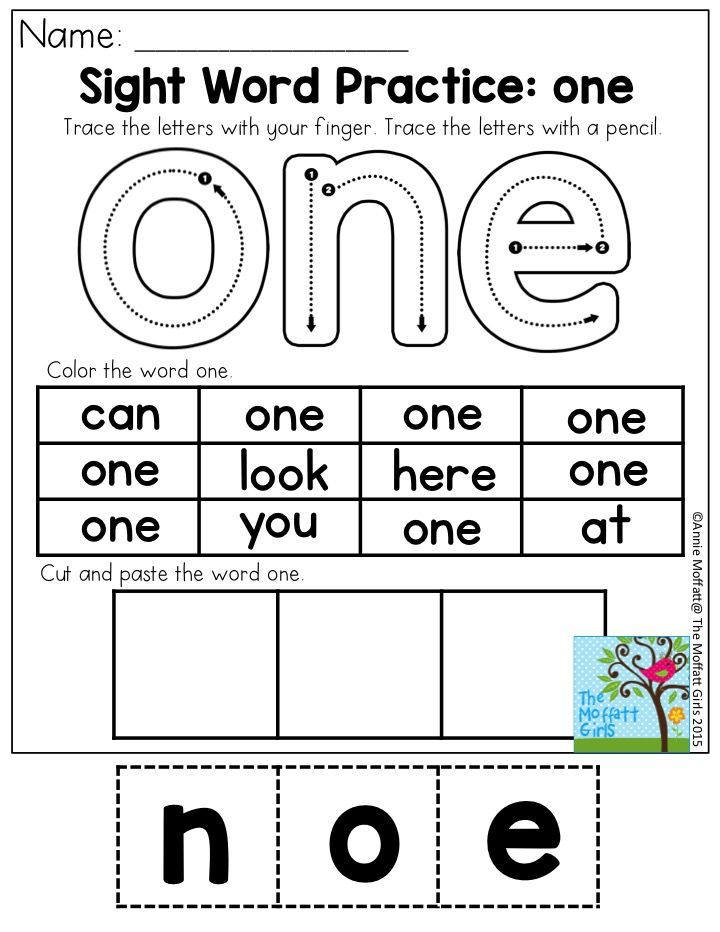
Other terms used to describe sight words include: service words, instant words (because you should recognize them instantly), snap words (because you should know them in a snap), and high frequency words. You will also hear them referred to as Dolch words or Fry words, the two most commonly used sight words lists.
Sight words are the glue that holds sentences together.
These pages contain resources to teach sight words, including: sight words flash cards, lessons, and games. If you are new to sight words, start with the teaching strategies to get a road map for teaching the material, showing you how to sequence the lessons and activities.
↑ Top
Sight words fall into two categories:
- Frequently Used Words — Words that occur commonly in the English language, such as it, can, and will.
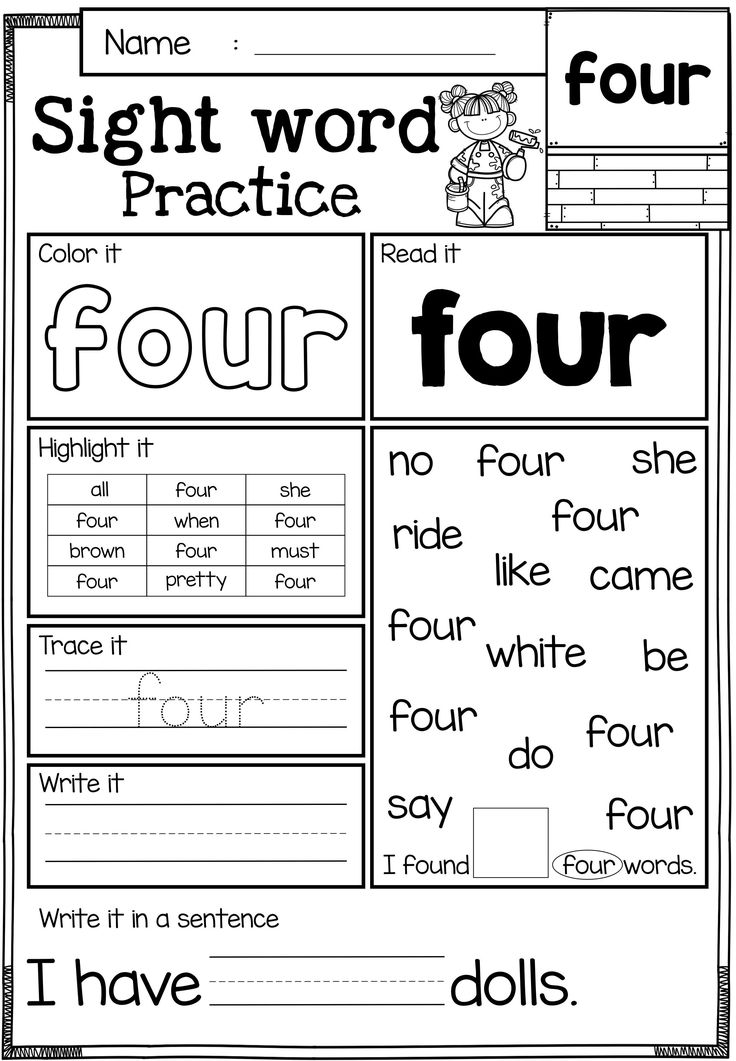 Memorizing these words makes reading much easier and smoother, because the child already recognizes most of the words and can concentrate their efforts on new words. For example, knowing just the Dolch Sight Words would enable you to read about 50% of a newspaper or 80% of a children’s book.
Memorizing these words makes reading much easier and smoother, because the child already recognizes most of the words and can concentrate their efforts on new words. For example, knowing just the Dolch Sight Words would enable you to read about 50% of a newspaper or 80% of a children’s book. - Non-Phonetic Words — Words that cannot be decoded phonetically, such as buy, talk, or come. Memorizing these words with unnatural spellings and pronunciations teaches not only these words but also helps the reader recognize similar words, such as guy, walk, or some.
There are several lists of sight words that are in common use, such as Dolch, Fry, Top 150, and Core Curriculum. There is a great deal of overlap among the lists, but the Dolch sight word list is the most popular and widely used.
3.1 Dolch Sight Words
The Dolch Sight Words list is the most commonly used set of sight words.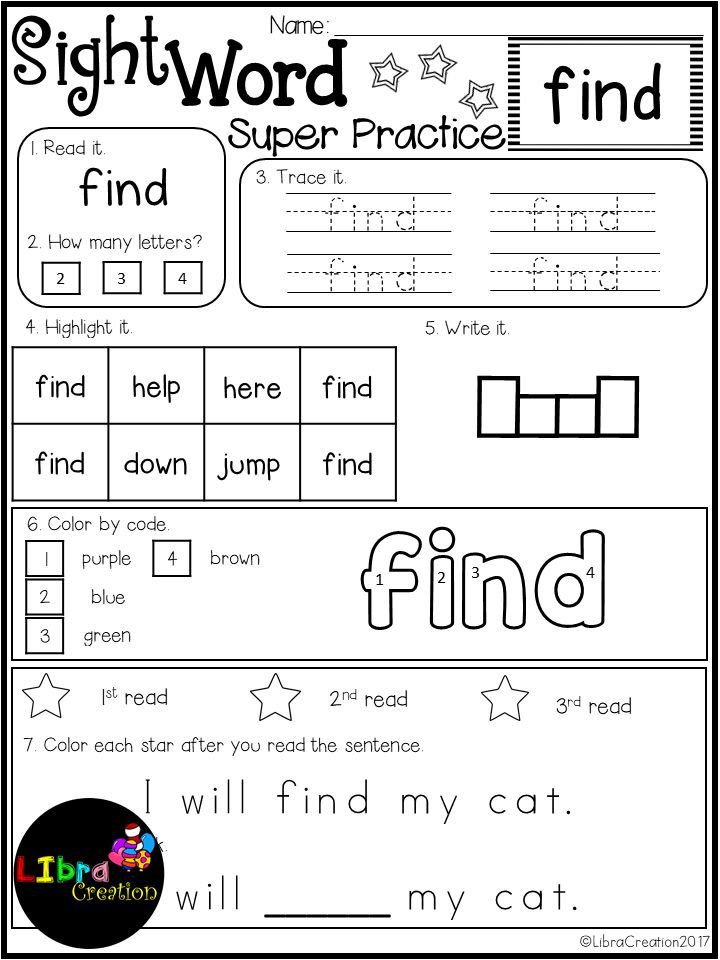 Educator Dr. Edward William Dolch developed the list in the 1930s-40s by studying the most frequently occurring words in children’s books of that era. The list contains 220 “service words” plus 95 high-frequency nouns. The Dolch sight words comprise 80% of the words you would find in a typical children’s book and 50% of the words found in writing for adults. Once a child knows the Dolch words, it makes reading much easier, because the child can then focus his or her attention on the remaining words.
Educator Dr. Edward William Dolch developed the list in the 1930s-40s by studying the most frequently occurring words in children’s books of that era. The list contains 220 “service words” plus 95 high-frequency nouns. The Dolch sight words comprise 80% of the words you would find in a typical children’s book and 50% of the words found in writing for adults. Once a child knows the Dolch words, it makes reading much easier, because the child can then focus his or her attention on the remaining words.
More
3.2 Fry Sight Words
The Fry Sight Words list is a more modern list of words, and was extended to capture the most common 1,000 words. Dr. Edward Fry developed this expanded list in the 1950s (and updated it in 1980), based on the most common words to appear in reading materials used in Grades 3-9. Learning all 1,000 words in the Fry sight word list would equip a child to read about 90% of the words in a typical book, newspaper, or website.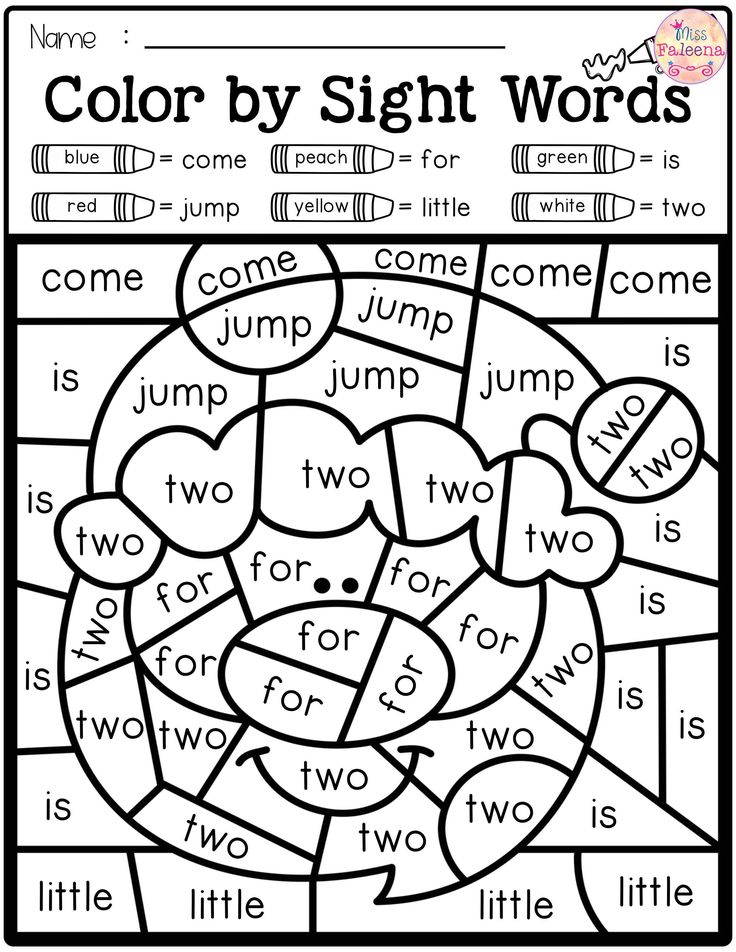
More
3.3 Top 150 Written Words
The Top 150 Written Words is the newest of the word lists featured on our site, and is commonly used by people who are learning to read English as a non-native language. This list consists of the 150 words that occur most frequently in printed English, according to the Word Frequency Book. This list is recommended by Sally E. Shaywitz, M.D., Professor of Learning Development at Yale University’s School of Medicine.
More
3.4 Other Sight Words Lists
There are many newer variations, such as the Common Core sight words, that tweak the Dolch and Fry sight words lists to find the combination of words that is the most beneficial for reading development. Many teachers take existing sight word lists and customize them, adding words from their own classroom lessons.
↑ Top
Before a child starts learning sight words, it is important that he/she be able to recognize and name all the lower-case letters of the alphabet.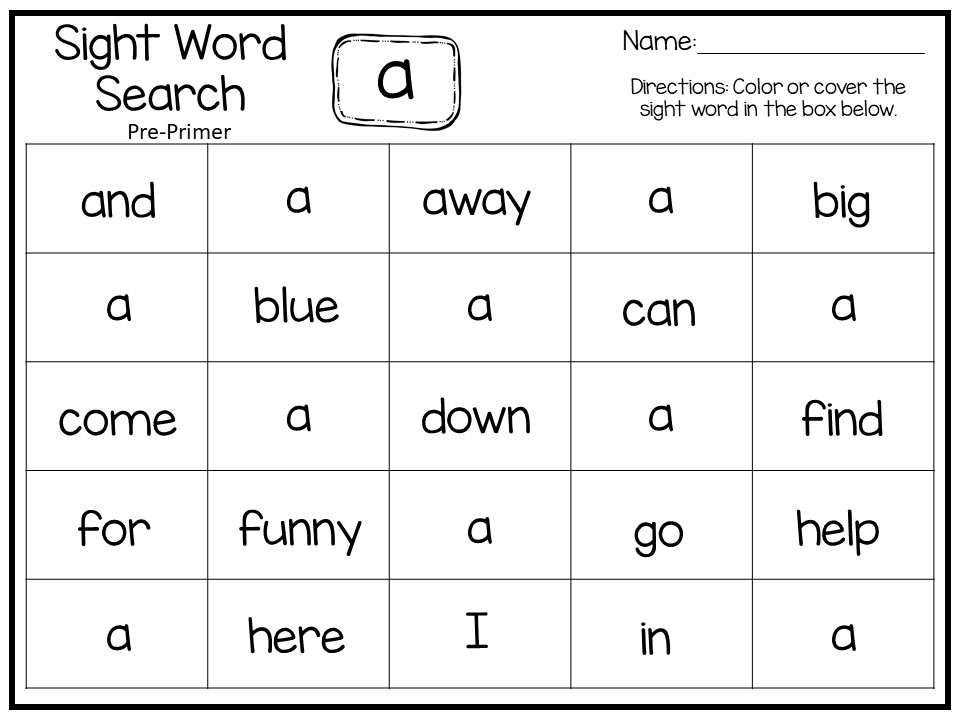 When prompted with a letter, the child should be able to name the letter quickly and confidently. Note that, different from learning phonics, the child does not need to know the letters’ sounds.
When prompted with a letter, the child should be able to name the letter quickly and confidently. Note that, different from learning phonics, the child does not need to know the letters’ sounds.
Before starting sight words, a child needs to be able to recognize and name all the lower-case letters of the alphabet.
If a student’s knowledge of letter names is still shaky, it is important to spend time practicing this skill before jumping into sight words. Having a solid foundation in the ability to instantly recognize and name the alphabet letters will make teaching sight words easier and more meaningful for the child.
Go to our Lessons for proven strategies on how to teach and practice sight words with your child.
↑ Top
Every child is unique and will learn sight words at a different rate. A teacher may have a wide range of skill levels in the same classroom.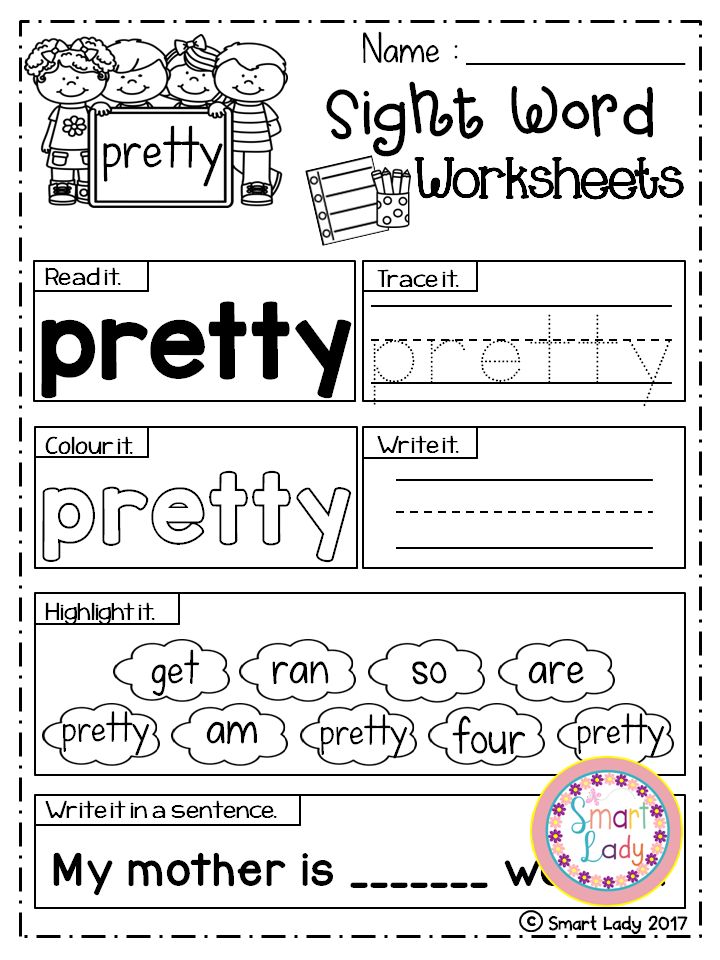 Many of our sight words games can be adjusted to suit different skill levels.
Many of our sight words games can be adjusted to suit different skill levels.
Many of our activity pages feature recommendations for adjusting the game to the needs of your particular child or classroom:
- Confidence Builders suggest ways to simplify a sight words game for a struggling student.
- Extensions offer tips for a child who loves playing a particular game but needs to be challenged more.
- Variations suggest ways to change up the game a little, by tailoring it to a child’s special interests or making it “portable.”
- Small Group Adaptations offer ideas for scaling up from an individual child to a small group (2-5 children), ensuring that every child is engaged and learning.
↑ Top
Our sight words teaching techniques are based not only on classroom experience but also on the latest in child literacy research.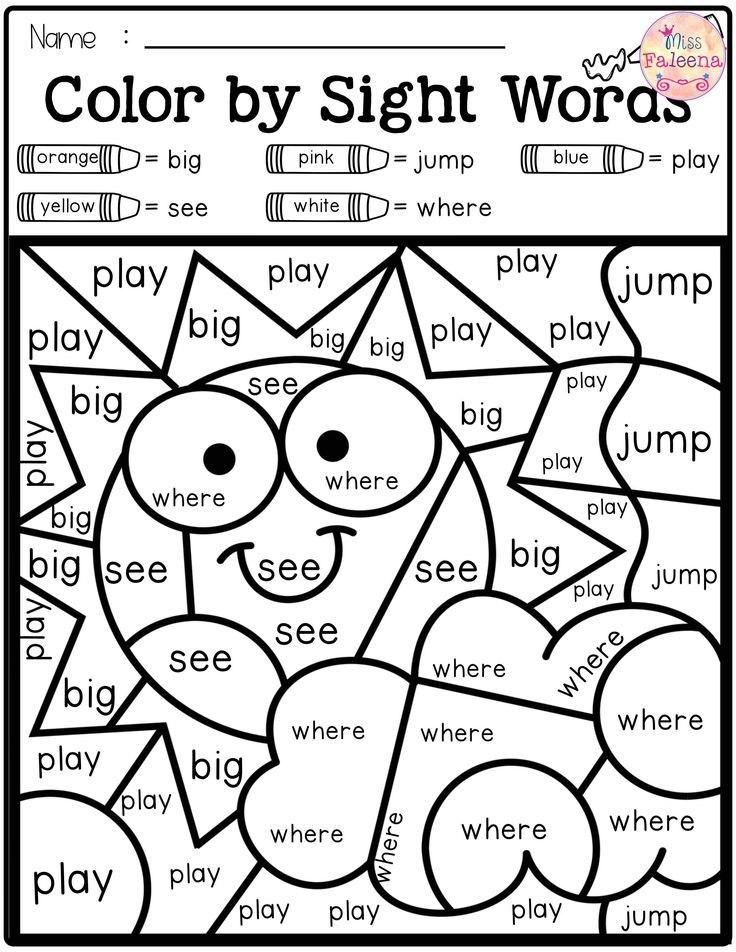 Here is a bibliography of some of the research supporting our approach to sight words instruction:
Here is a bibliography of some of the research supporting our approach to sight words instruction:
- Ceprano, M. A. “A review of selected research on methods of teaching sight words.” The Reading Teacher 35:3 (1981): 314-322.
- Ehri, Linnea C. “Grapheme–Phoneme Knowledge Is Essential for Learning to Read Words in English.” Word Recognition in Beginning Literacy. Mahwah, NJ: L. Erlbaum Associates, 1998.
- Enfield, Mary Lee, and Victoria Greene. Project Read. www.projectread.com. 1969.
- Gillingham, Anna, and Bessie W. Stillman. The Gillingham Manual: Remedial Training for Students with Specific Disability in Reading, Spelling, and Penmanship, 8th edition. Cambridge, MA: Educators Publishing Service, 2014.
- Nist, Lindsay, and Laurice M. Joseph. “Effectiveness and Efficiency of Flashcard Drill Instructional Methods on Urban First-Graders’ Word Recognition, Acquisition, Maintenance, and Generalization.
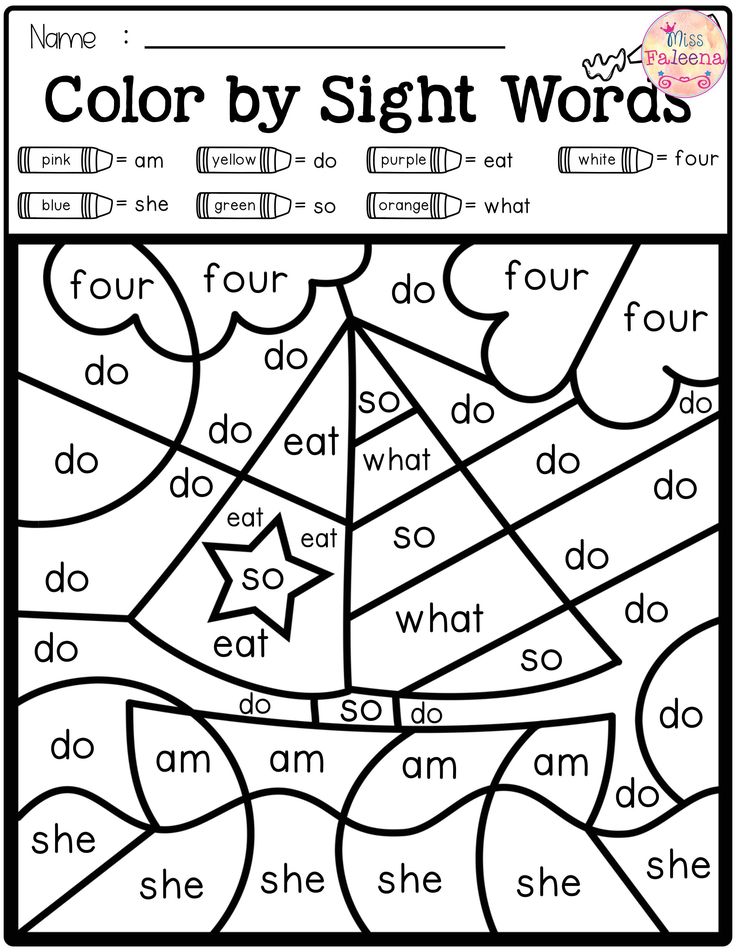 ” School Psychology Review 37:3 (Fall 2008): 294-308.
” School Psychology Review 37:3 (Fall 2008): 294-308. - Shaywitz, Sally E. Overcoming Dyslexia: A New and Complete Science-Based Program for Reading Problems at Any Level. New York: Alfred A. Knopf, 2003.
- Stoner, J.C. “Teaching at-risk students to read using specialized techniques in the regular classroom.” Reading and Writing: An Interdisciplinary Journal 3 (1991).
- Wilson, Barbara A. “The Wilson Reading Method.” Learning Disabilities Journal 8:1 (February 1998): 12-13.
- Wilson, Barbara A. Wilson Reading System. Millbury, MA: Wilson Language Training, 1988.
↑ Top
Leave a Reply
Top 100 Sight Words and How to Teach Them
Sight words is a common term in reading that has a variety of meanings. When it is applied to early reading instruction, it typically refers to the set of about 100 words that keeps reappearing on almost any page of text.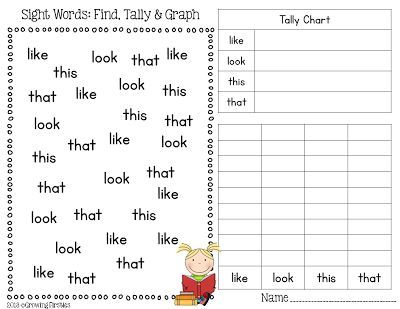 “Who, the, he, were, does, their, me, be” are a few examples.
“Who, the, he, were, does, their, me, be” are a few examples.
In addition to their being very frequent, many of these words cannot be “sounded out.” Children are expected to learn them by sight (that is, by looking at them and recognizing them, without any attempt to sound them out.)
Unfortunately, this means minimal teaching. Often, little is done other than to show the word and tell the child what it is “saying.” For many children, this is not enough, with the result that their reading of these critical words is laden with error.
What does this mean for parents who are helping their children master reading? Basically it means spending some time in truly teaching these words so that your child gains real mastery of them. The key to achieving this goal is accurate writing (spelling)—via memory. That is, the child writes the word when the model is not in view.
You can do this by creating simple sentences that the child reads. (By using sentences, you will automatically be using many “sight words.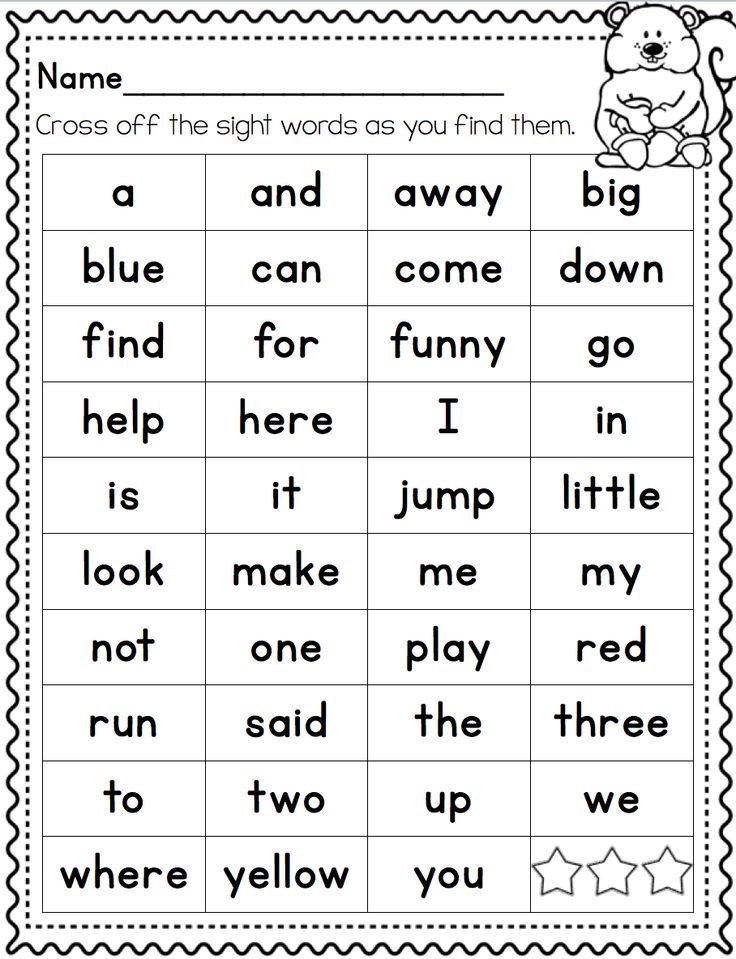 ” In addition, you will be giving your child the opportunity to deal with words in context—a key to meaningful reading) After showing the sentence and having your child read it, turn it over and then dictate the sentence. If there is an error, you immediately stop your child and take away the paper. Then you show the model again and repeat the process. In other words, the writing of the sentence has to be fully accurate, starting with the first word.
” In addition, you will be giving your child the opportunity to deal with words in context—a key to meaningful reading) After showing the sentence and having your child read it, turn it over and then dictate the sentence. If there is an error, you immediately stop your child and take away the paper. Then you show the model again and repeat the process. In other words, the writing of the sentence has to be fully accurate, starting with the first word.
If you want a list of those words to help guide your efforts, here is the top 100 according to the American Heritage Word Frequency Book by John B. Carroll.
A: a, an, at, are, as, at, and, all, about, after
B: be, by, but, been
C: can, could, called
D: did, down, do
E: each
F: from, first, find, for
H: he, his, had, how, has, her, have, him
I: in, I, if, into, is, it, its
J: just
K: know
L: like, long, little
M: my, made, may, make, more, many, most,
N: not, no, now
O: or, one, of, out, other, over, only, on
P: people
S: said, she, some, so, see
T: the, to, they, this, there, them, then, these, two, time, than, that, their
U: up, use
V: very
W: was, with, what, were, when, we, which, will, would, words, where, water, who, way
Y: you, your
Click here to download our Recommended Top 100 Sight Words.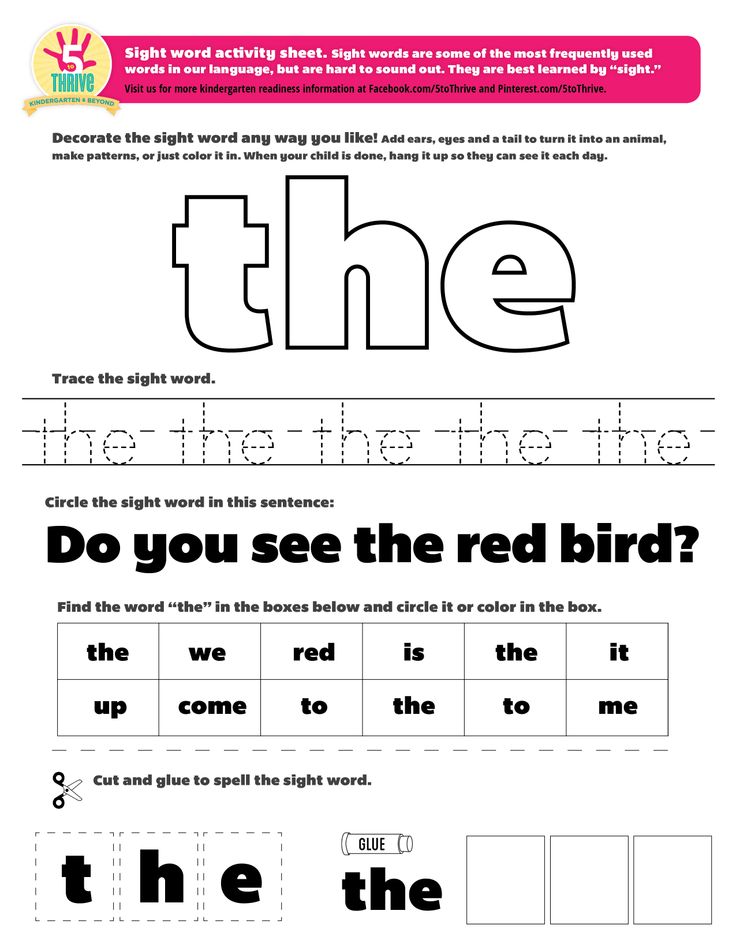
Literacy and reading expert, Dr. Marion Blank
Dr. Marion Blank is answering your questions about reading and learning. If you have a question for Dr. Marion, visit the Reading Kingdom Facebook Page and let us know how we can help.
If you think the Reading Kingdom program can help your children learn to read, enjoy a free, 30-day trial here.
Synonym for sighting
- Main
- Linked words
- Synonym for aiming
- All synonyms for the word sighting
- 6 letters
- 10 letters
- 16 letters
- 28 letters
All synonyms for the word "aiming"
| # | Synonym | Number of letters | Synonym type |
|---|---|---|---|
| 1 | accurate | 6 letters | Word |
| 2 | manufactured with | sight28 letters | Phrase |
| 3 | targeted | 16 letters | Word |
| 4 | purposeful | 16 letters | Word |
| 5 | sighting | 10 letters | Word |
Synonyms for the word "aiming" - 6 letters.
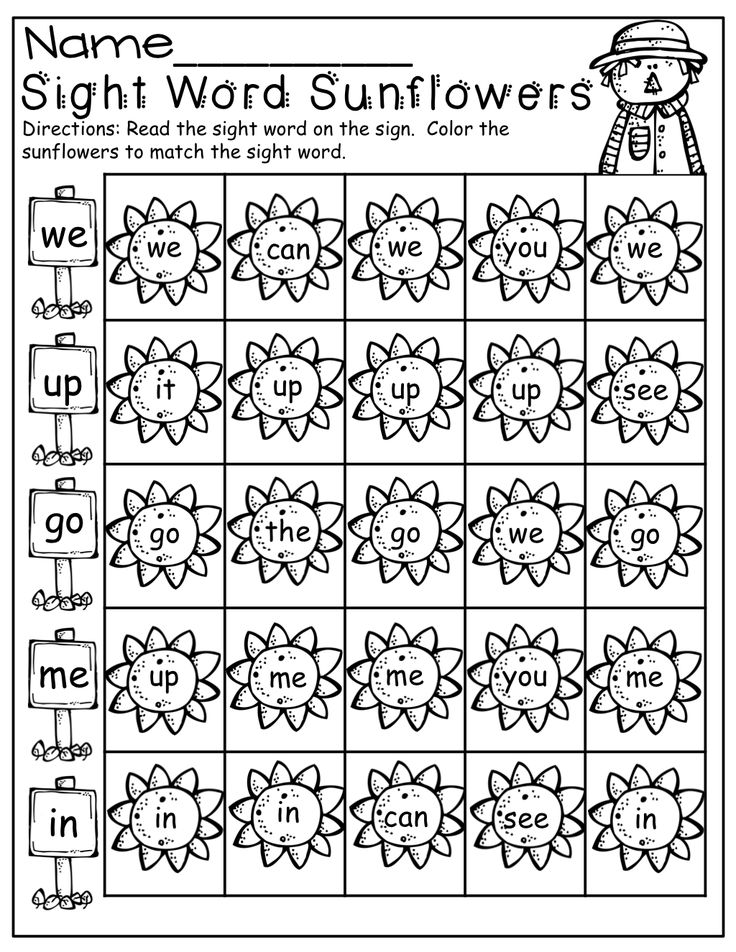
| # | Synonym | Number of letters | Synonym type |
|---|---|---|---|
| 6 | accurate | 6 letters | Word |
Synonyms for the word "aiming" - 10 letters.
| # | Synonym | Number of letters | Synonym type |
|---|---|---|---|
| 7 | sighting | 10 letters | Word |
Synonyms for the word "aiming" - 16 letters.
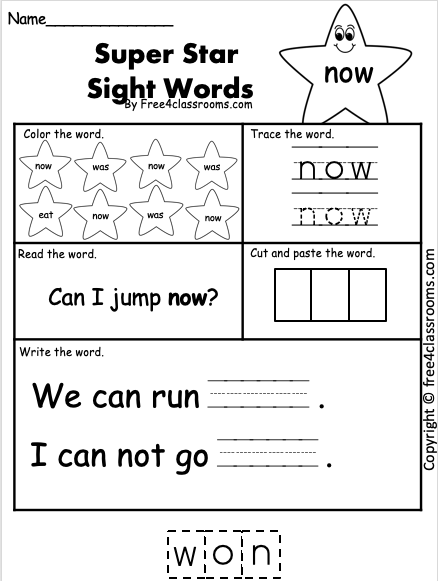
| # | Synonym | Number of letters | Synonym type |
|---|---|---|---|
| 8 | targeted | 16 letters | Word |
| 9 | purposeful | 16 letters | Word |
Synonyms for the word "aiming" - 28 letters.
| # | Synonym | Number of letters | Synonym type |
|---|---|---|---|
| 10 | manufactured with | sight28 letters | Phrase |
3
Synonyms for the word aiming - these are words close in meaning to the word aiming, which easily replace it in texts and in conversation.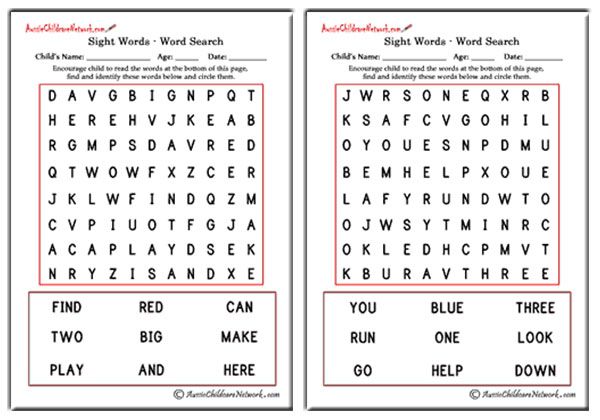 In total, synonyms were found for the word sighting - 11 pcs. They can include both words and phrases. Of the found synonyms, words - 8 pieces, and synonymous phrases - 2 pieces. Very often, especially when solving crossword puzzles, the question occurs: "Synonym for the word sighting", therefore, our dictionary also presents the number of letters that make up one or another synonym. The smallest synonym for sighting consists of 6 letters, and the longest consists of 28 letters. You can find the desired synonym word by the number of letters using the table above, and specifically the number of letters column.
In total, synonyms were found for the word sighting - 11 pcs. They can include both words and phrases. Of the found synonyms, words - 8 pieces, and synonymous phrases - 2 pieces. Very often, especially when solving crossword puzzles, the question occurs: "Synonym for the word sighting", therefore, our dictionary also presents the number of letters that make up one or another synonym. The smallest synonym for sighting consists of 6 letters, and the longest consists of 28 letters. You can find the desired synonym word by the number of letters using the table above, and specifically the number of letters column.
About synonyms
Without the words of synonyms in texts of various nature, whether it be narration, reasoning, motivation, one cannot do in overcoming the unjustified repetition of the same word. Also, the use of synonymous words instead of targeting is used in the literature as a way of linking adjacent sentences in the text. In the style of Russian literature, when a text is written, the repetition of the same words is identified as a tautology and is a gross lexical error.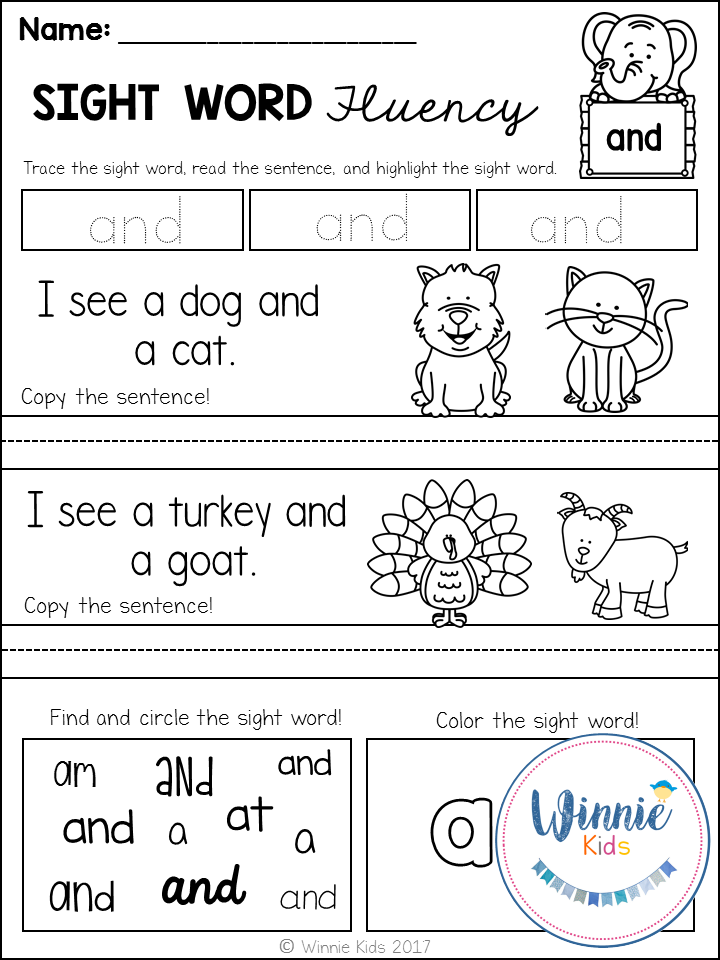 Thus, when presenting the text at the initial stage, one of the keywords of the synonym is used, and further along the text, synonyms that are suitable in meaning are already used, revealing and reinforcing the theme of the text for a broader presentation.
Thus, when presenting the text at the initial stage, one of the keywords of the synonym is used, and further along the text, synonyms that are suitable in meaning are already used, revealing and reinforcing the theme of the text for a broader presentation.
For example, the original word "sighting" further, depending on the necessary applicability, is replaced by accurate, made with aiming, purposeful, purposeful, aimed.
Do not forget that in terms of their qualities, synonyms can be applied using the prefix “not” to antonyms, words that are opposite in meaning. At the same time, the lexical meaning of the formed word of the antonym with the prefix is not also characterized as a synonym.
The word is characterized as a synonym and polysemantic words that form a complex word combination of words in their polysemy according to the lexical meaning of one of the words of the proposed synonym in the context.
In conclusion, I would like to emphasize the important role synonyms play in people's speech.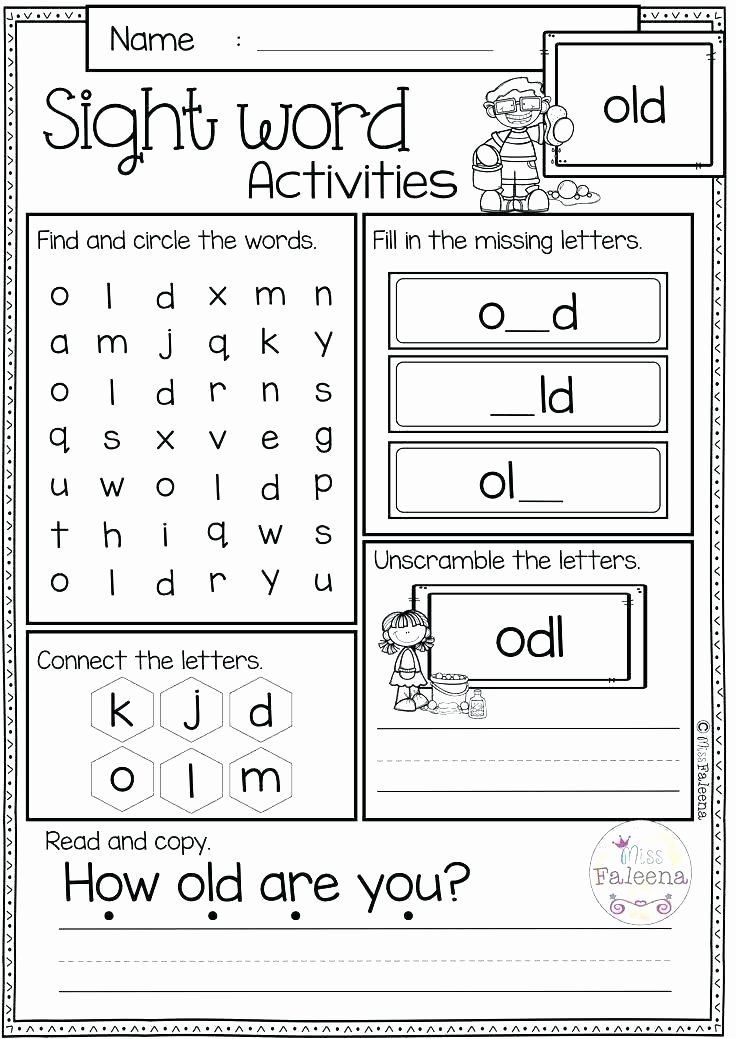 The use of synonymous words and the ability to use additional resources in the form of dictionaries makes it possible not only to express one's thoughts in the most accurate and diverse way, but also leads to the enrichment and saturation of our native Russian language.
The use of synonymous words and the ability to use additional resources in the form of dictionaries makes it possible not only to express one's thoughts in the most accurate and diverse way, but also leads to the enrichment and saturation of our native Russian language.
Add a synonym for the word sighting
Add a synonym for the word:
Start typing the word, a drop-down list will appear here.
If you did not find a synonym in the list above, but you know it, then you can help us make our site better, enter a word in the appropriate field and click add, after moderation your synonym will be added.
Search for synonyms
Search for a synonym for a word:
Start typing a word, a drop-down list will appear here.
Popular words
Synonyms for authority
Synonyms for role
Synonyms for influence
Synonyms for power
Synonyms for breath
Synonyms for action
Synonyms for act
Synonyms for agitation
Synonyms for inspiration
Synonyms for the word authority
See all words
Return to the list
How to determine the dominant eye? Two simple tests to find out which eye is your dominant eye.
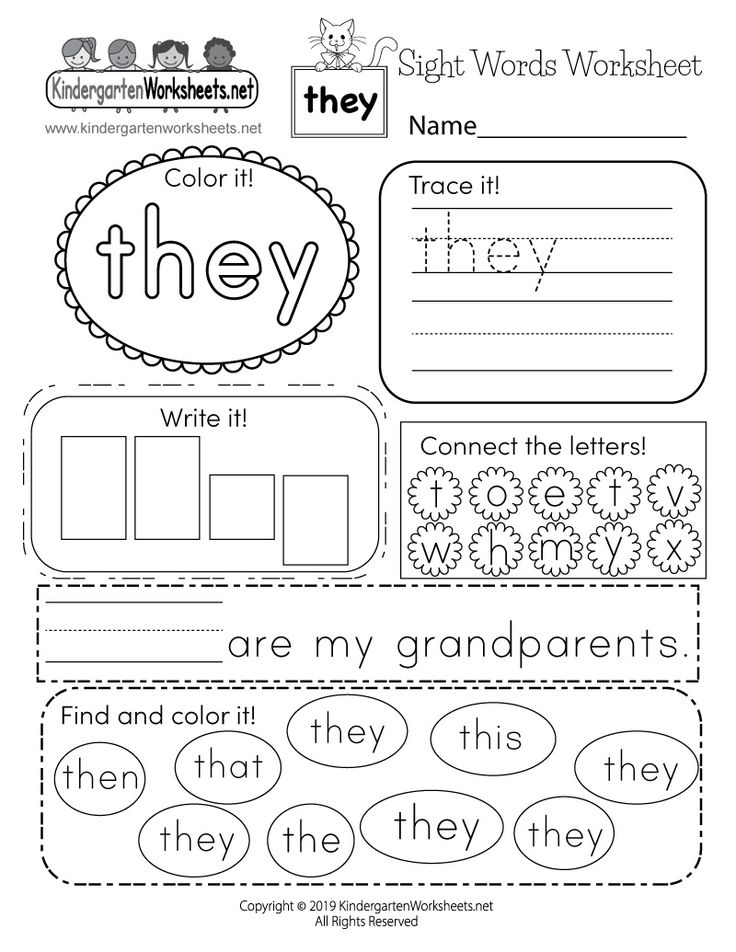
From All About Vision
You've probably heard the terms "dominant eye" and "ocular dominance", but do you know what they mean or how to tell which eye is dominant? Below you will find basic information...
Dominant eye - what is it?
The dominant eye is the one that passes through itself a slightly larger amount of information into the visual area of the brain and more accurately conveys information about the location of objects.
In most cases, the term "dominant eye" is used to describe normal vision, when two eyes function equally well, with little difference in visual acuity, and one eye is simply "leading" or preferred.
But sometimes "dominant eye" refers to a normally functioning eye with good vision in functional disorders of the other eye, such as: amblyopia and strabismus.
Dominant Eye Test
To find out which eye is your dominant or preferred eye, you can perform a simple Dominant Eye Test: index fingers in such a way that a triangle is formed between them
With both eyes open, focus your gaze through this triangular hole on any object in the distance, such as a wall clock or a doorknob.
Close your left eye.
If the object remains in the center of the triangle, your right (open) eye is dominant. If the object is outside the triangle, your left eye is dominant.
Here is another simple test to determine the dominant eye:
-
Extend one arm while holding the thumb (or forefinger) in a vertical position.
-
Without closing your eyes, focus your gaze on a distant object and an outstretched finger on it (the finger will partially disappear from view - do not worry, this is normal).
-
Close one eye at a time.
-
The eye that sees the finger closer to the center of the object while the other eye is closed is dominant.
The methods for determining the dominant eye described above fall into the category of "sighted" tests because they involve centering the selected object using an impromptu "sight" (similar to that mounted on a rifle barrel).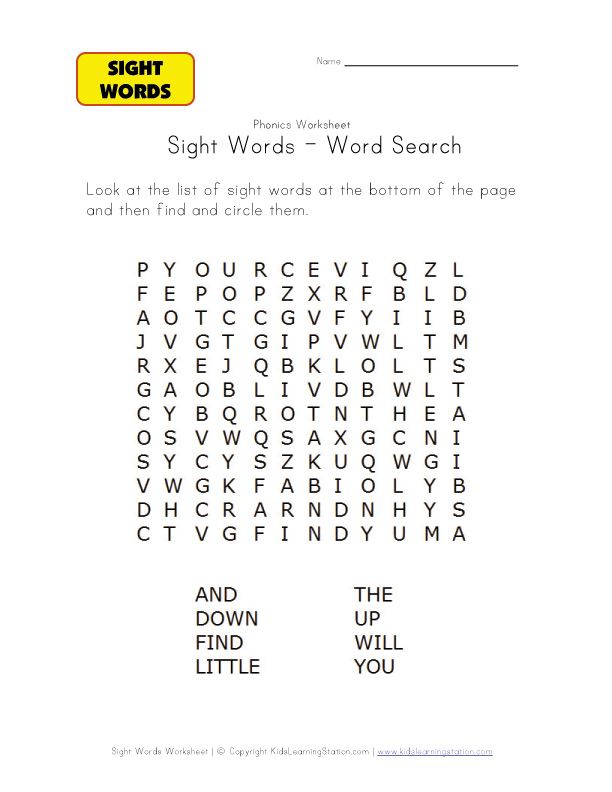
Some studies have shown that while easy to perform and generally accurate, dominance eye tests can be affected by hand preference (see below) and other non-visual factors.
In this regard, some researchers argue that tests without a scope are a more accurate way to determine the dominance (ocular dominance) of one of the eyes, in which the factor of right-handedness or left-handedness cannot distort the result of the test.
The essence of "non-aimed" tests is that with the help of special optical devices, visual stimuli are simultaneously demonstrated to each of the eyes, which the subject keeps open throughout the test. And therein lies the limitation of sightless tests: the equipment and expertise needed to perform them are usually only available in specialized eye clinics or vision research centers.
However, in most cases, simple aiming tests like those described above can reliably determine your dominant eye.
One-eye dominance and one-hand preference
Although one-eye dominance and one-hand preference (right-handed or left-handed) are not directly related, there is definitely some relationship between these features.
Population studies show that approximately 90% of people are right-handed, and approximately 67% have the right eye dominant.
While it has been shown that a right-handed person is highly likely to have right eye dominance (approximately 2.5 times more likely than a left-handed person), it is not possible to predict with certainty whether one of the eyes is preferred based on the criterion of right-handedness or left-handedness alone. .
Absence of a dominant eye: is it possible?
Is it possible not to have a dominant eye? This is possible, but unlikely.
If the degree of dominance of one of the eyes is not obvious on the Dominant Eye Test, the person most likely has mixed (or alternating) ocular dominance. In this case, one eye is dominant when performing certain functions or tasks, while the other eye is dominant in other cases.
Some people fail to place a visual target exactly in the center of the triangle or just in front of the thumb/forefinger (depending on the type of test) when using either eye when performing a “targeted” dominant eye test.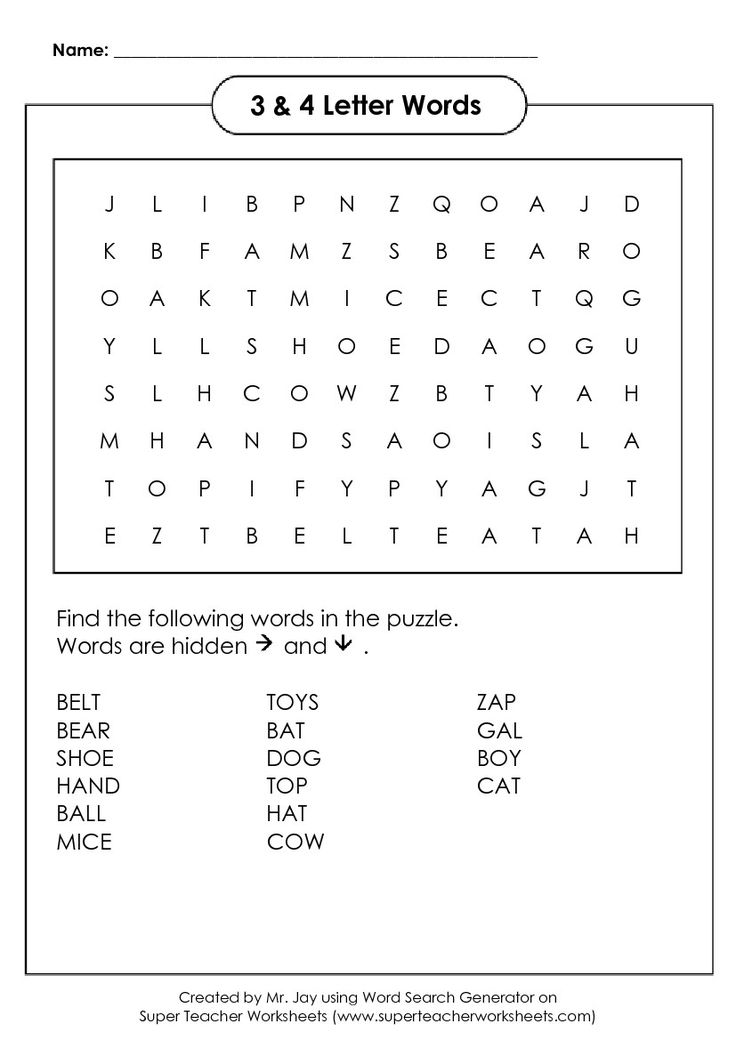
The degree of dominance of one of the eyes in people varies greatly (the same can be said about the preference for one of the hands). In other words, in some, the dominant eye may be very dominant, while in others, the dominance of one of the eyes is less pronounced.
To some extent, this criterion is predetermined in our brain.
In the visual cortex of the brain (the area of the brain responsible for processing visual information) there are bands of nerve cells (neurons) called columns of the dominant eye. These bands of neurons seem to preferentially respond to visual input from one eye or the other and play an important role in the development of binocular vision.
However, the investigators believe that there is some overlap and plasticity of these columns of the dominant eye, due to which the dominance of one of the eyes in some people can be variable, alternating and possibly incomplete.
Dominant eye in shooters, photographers and athletes
So what is the practical significance of the dominant eye test?
Knowing which eye you have is dominant, you can better perform various actions.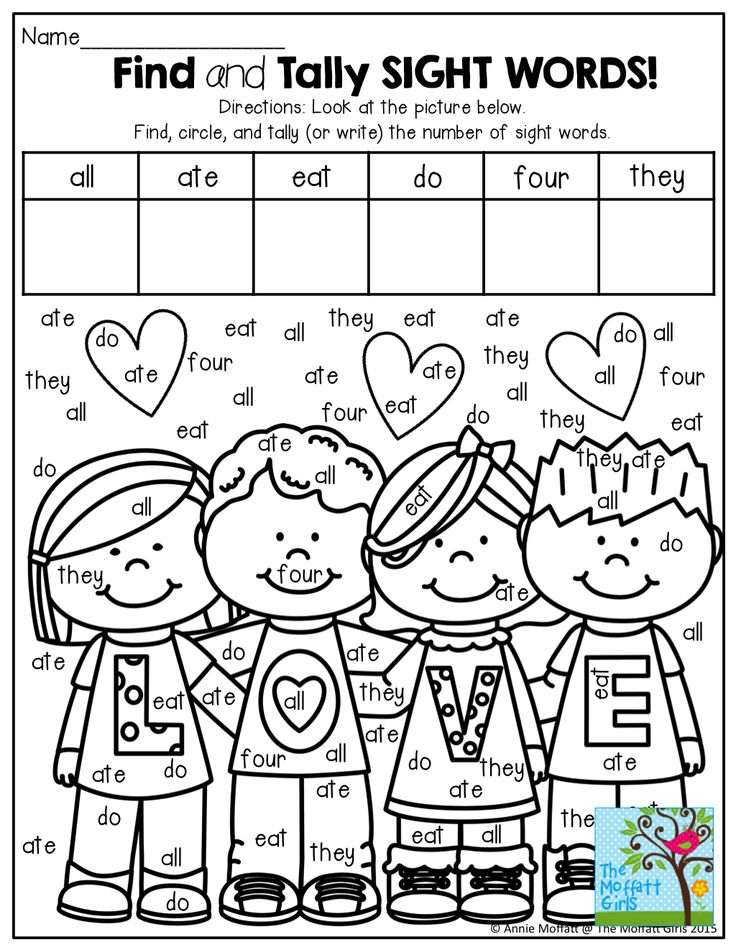 Here are just a few common examples:
Here are just a few common examples:
If you are right-handed but your left eye is dominant, this cross-dominance can reduce your marksmanship.
Dominant eye when shooting. Having trouble hitting moving targets with your rifle? You may not have parallel dominance—in other words, your dominant eye and dominant hand are on opposite sides of your body.
For example, if you are a right-handed shooter (and therefore prefer the right shoulder) but your left eye is dominant, you may find yourself shooting behind a target moving from left to right and in front of a target moving from right to left. Knowing this, you will be able to make the right adjustments and improve your shooting accuracy.
Another way to compensate for cross dominance is to keep both eyes open until the shot is fired. By keeping both eyes open, you will be able to use your peripheral vision and depth perception to 100% to prepare for the shot. For example, if a right-hander closes his left dominant eye just before shooting, he will be able to make last-minute adjustments to get his sight on a moving target as accurately as possible.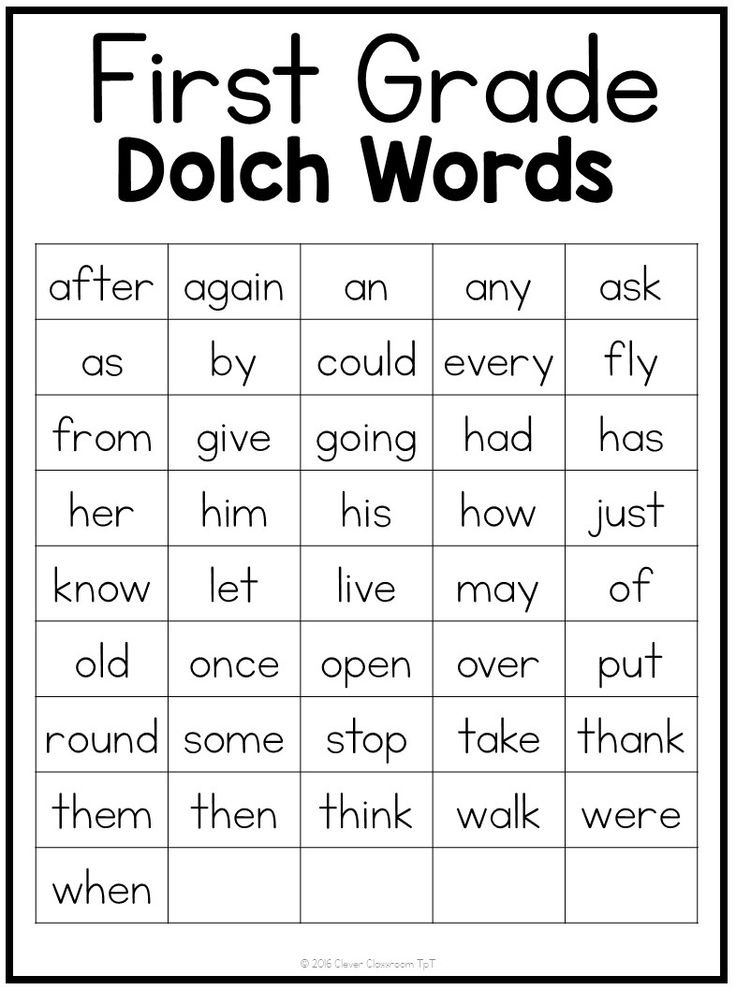
Dominant eye when photographed. When looking into the viewfinder of a digital SLR camera (CZK) or similar film camera, it is important to know which eye you have is dominant.
Using the dominant eye will give you an accurate image of the future picture. Conversely, using the non-dominant eye will cause some details to shift slightly to the side or out of the frame.
Dominant eye in sports. If you (like most people) are right-handed and your right eye is dominant, some sports will require you to hold your head correctly.
For example, when hitting a ball in softball or cricket, you need to turn your head so that your dominant right eye can clearly see and judge the spin, speed, and position of the approaching ball.
Golf is another example. To put the ball into the hole on rolling shots (and fairway shots and driver shots as well) requires a head turn in which the dominant right eye is fully used to visualize the upcoming shot and correctly position your body and stick.